
Image courtesy of Jean Pennycook | ||||
| ||||
You might also be interested in:

Traveling Nitrogen Classroom Activity Kit
Check out our online store - minerals, fossils, books, activities, jewelry, and household items!...more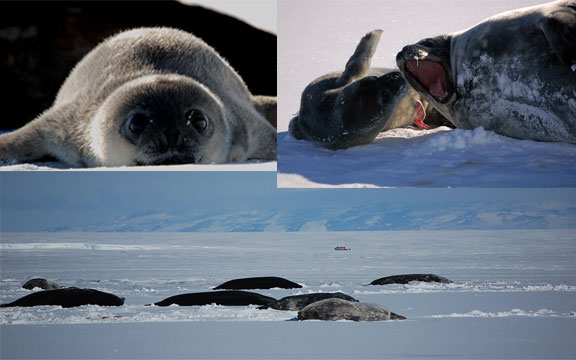
Spring Is Here
It is spring here, although you wouldn't know it. Temperatures are -10°C to -13°C, and in every direction all you see is ice and snow. But we know this is spring for Antarctica because the Sun is up. The...more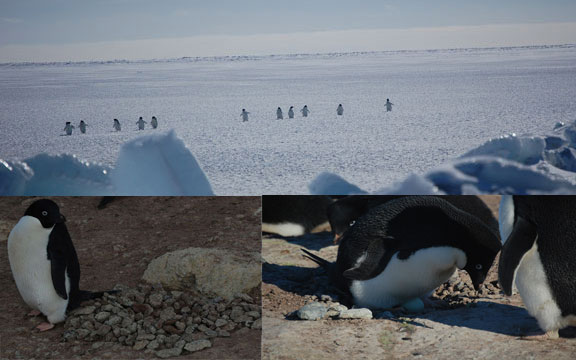
Return to Royds
This year the penguins arrived early. Our remote camera recorded the first ones Oct 21, a full week earlier than last year. The sea ice edge is 50 miles away so their walk is much further than last season,...more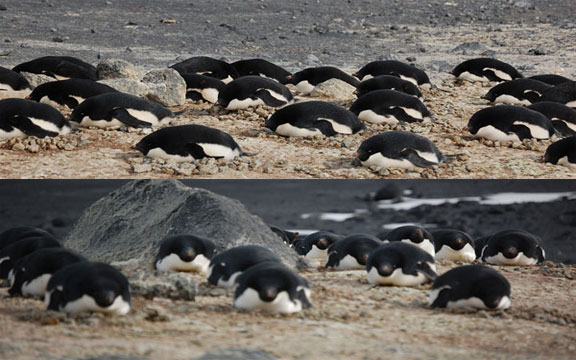
Penguin Weather Vanes
Normally when I come down to the colony on my daily rounds the penguins are sitting every which way on their nests. Some face each other, some face away from each other, some face inwards, some outwards,...more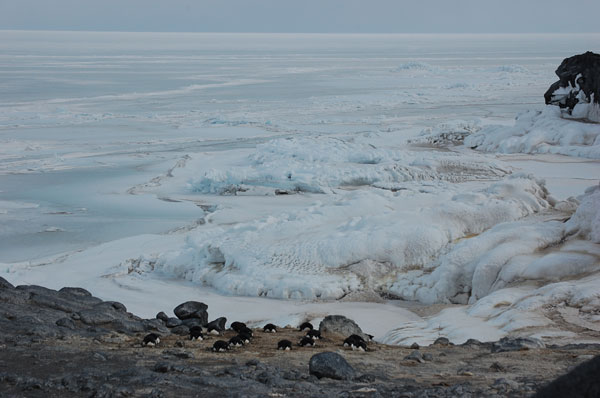
Baby Come Back.
The colony is very quiet now, the nesting groups of penguins are mostly males patiently keeping the 2 eggs warm while the females are out foraging for food. This year the sea ice edge, where the females...more
"The Birds" of Royds
Penguins aren't the only ones that come to Cape Royds to raise their chicks. The South Polar Skua makes its home here during the same time because the pickings are easy. Penguin eggs and chicks fall prey...more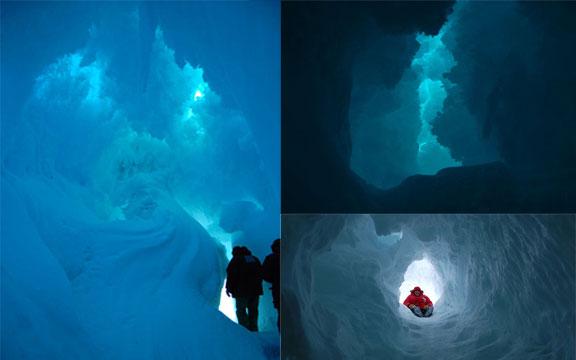
Cave Day
This cave is near the end of an Ice Tongue, a huge part of a glacier that has moved off the land and is floating in the water. Because the ocean is still frozen, we can get close to the cave entrance and...more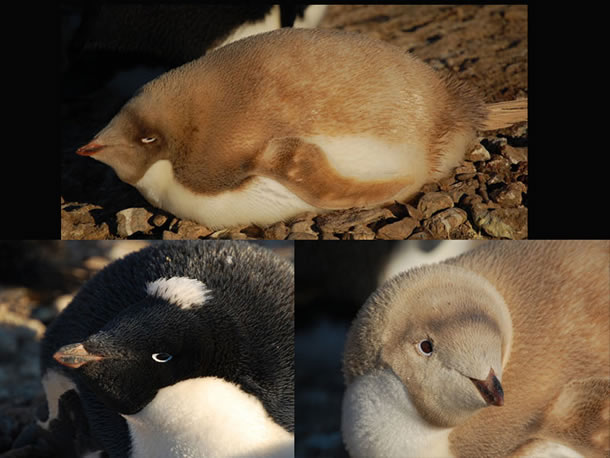
Penguin Anomalies
There are 5 million Adelie Penguins in Antarctica, and the vast majority of them are the black and white tuxedo wearing cuties you know and love. But every once in a while we find color differences. In...morePlease log in
Science Blogs
Real Climate: climate science from climate scientists

Windows to the Universe, a project of the National Earth Science Teachers Association, is sponsored in part is sponsored in part through grants from federal agencies (NASA and NOAA), and partnerships with affiliated organizations, including the American Geophysical Union, the Howard Hughes Medical Institute, the Earth System Information Partnership, the American Meteorological Society, the National Center for Science Education, and TERC. The American Geophysical Union and the American Geosciences Institute are Windows to the Universe Founding Partners. NESTA welcomes new Institutional Affiliates in support of our ongoing programs, as well as collaborations on new projects. Contact NESTA for more information.




